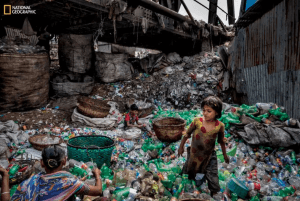Thank you all again for visiting my blog! This week we are taking step 4 of our Green Shift to become more environmentally conscious in our everyday lives. Step 4 is another fairly easy one to work into daily routines if you set your mind to it. Turn off electricity when you don’t need it!

It’s simple, it’s easy, so why doesn’t everyone do it? People don’t realize the impact of wasting electricity. According to The New York Times, a quarter of a typical home’s energy consumption is due to electronics draining power when they are plugged in but not on. That is a significant amount of energy (and money!) that is being wasted every month. Multiply that by every house in the city, the state, and America as a whole. Our American culture is so wasteful, in fact, the average American household has 50 electronic devices that are always draining power (The New York Times).

Don’t worry, there are ways we can reduce our energy waste! One very easy way to reduce waste is to switch to LED bulbs. Put them in once and forget it! They can even save you up to $135 before they burn out (Save with SRP). There are simple things you can add to your everyday lives to conserve like deciding what you want to eat before opening the fridge (to reduce the time staring at an open fridge, I know I’m guilty of it), turn out lights and ceiling fans before leaving the room, and turning the TV of before you fall asleep on the couch (I’m looking at you, Dad!). There are tons of products out there as well to help reduce energy consumption in your home. These blackout curtains not only keep the sun from waking you from your restful sleep in the morning, but also keep that pesky sun radiation from heating your home and making your air conditioner work on overtime. This smart thermostat senses when someone is in a room and heats or cools it accordingly, reducing energy wasted on heating and cooling rooms that no one is using. Tempted to turn up the heat in the winter? Put on this warm sweater to keep you warm without wasting money on the energy bill. There we have it! Step 4 of our Green Shift is complete. Now go out there and incorporate these habits into your everyday lives! See you next week!





